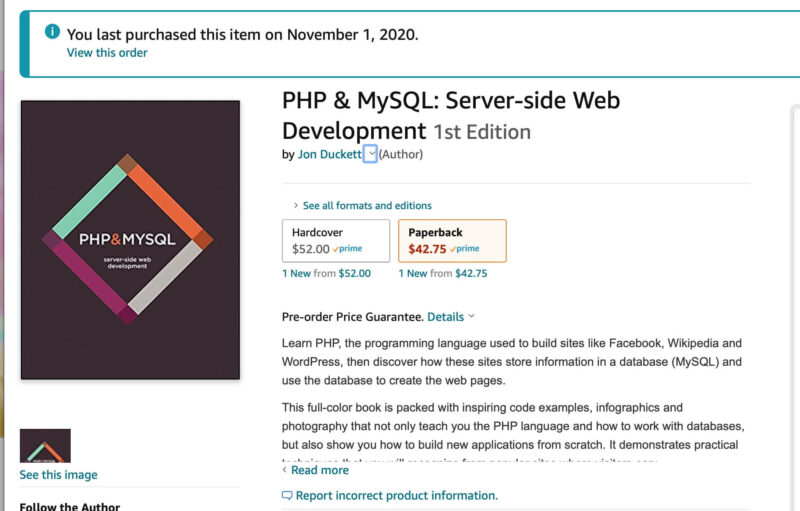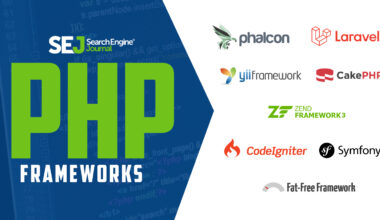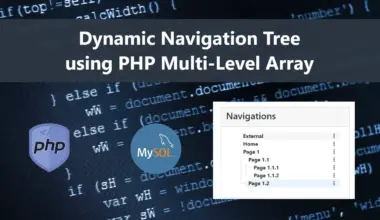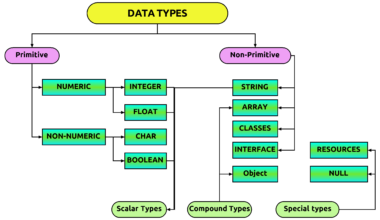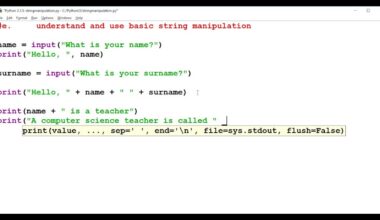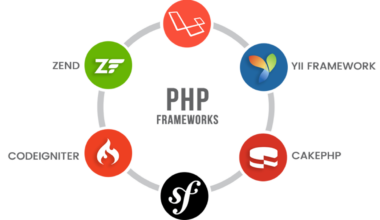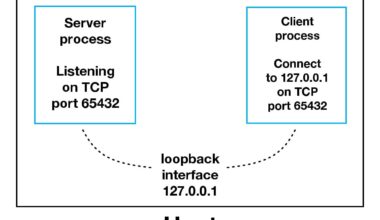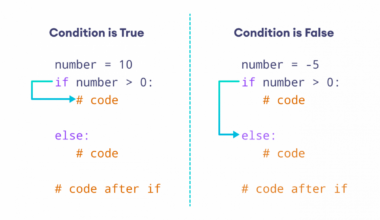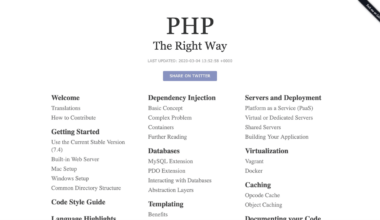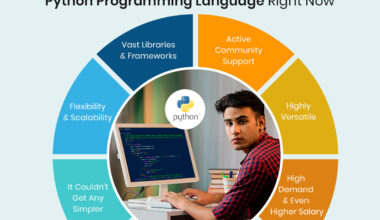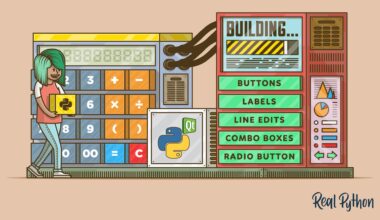Introduction to PHP and MySQL
PHP and MySQL are two of the most popular open-source technologies used in web development. PHP is a programming language used to create dynamic web pages, while MySQL is a relational database management system used to store and manage data.
PHP was created by Rasmus Lerdorf in 1994 to develop a personal website, but it quickly gained popularity among web developers due to its simplicity and flexibility. On the other hand, MySQL was created by Michael Widenius and David Axmark in 1995 to provide a reliable and efficient database management system.
Today, PHP and MySQL are widely used together to create dynamic and interactive websites. PHP is used to generate HTML, CSS, and JavaScript code on the server-side, while MySQL is used to store and retrieve data from the database.
The combination of PHP and MySQL offers several advantages to web developers. Firstly, they are both open-source technologies, which means that they are free to use and can be easily customized to meet specific needs. Secondly, they are both cross-platform technologies, which means that they can be used on different operating systems, such as Windows, Linux, and macOS.
Another benefit of using PHP and MySQL is the large community of developers who contribute to their development and provide support. This community has created a wide range of libraries, frameworks, and tools that make it easier to work with PHP and MySQL.
In the next sections, we will discuss how to integrate PHP and MySQL, best practices for using them, and why they are the perfect match for web development.
Benefits of using PHP and MySQL
There are several benefits of using PHP and MySQL in web development. Here are the most notable advantages of this powerful combination:
1. Easy to Learn and Use
PHP is one of the easiest programming languages to learn and use. Its syntax is straightforward and easy to understand, even for beginners. Additionally, MySQL is also easy to use and manage, making it an ideal database management system for beginners.
2. Cost-Effective
PHP and MySQL are both open-source technologies, which means that they are free to use. This makes them a cost-effective option for web development, especially for small businesses and startups that have limited budgets.
3. Flexibility and Scalability
PHP and MySQL are highly flexible and scalable technologies. They can be easily customized to meet specific needs and can handle large amounts of data and complex applications. This makes them an ideal choice for large-scale web applications.
4. Cross-Platform Compatibility
PHP and MySQL are cross-platform technologies, which means that they can be used on different operating systems, such as Windows, Linux, and macOS. This makes them highly accessible and easy to use on different devices.
5. Large Community Support
PHP and MySQL have a vast community of developers who contribute to their development and provide support. This community has created a wide range of libraries, frameworks, and tools that make it easier to work with PHP and MySQL. Additionally, the community provides ample resources for learning and troubleshooting.
6. Integration with Other Technologies
PHP and MySQL can be easily integrated with other technologies, such as HTML, CSS, JavaScript, and AJAX. This allows web developers to create dynamic and interactive websites with ease.
In conclusion, the combination of PHP and MySQL is a match made in heaven for web development. The benefits of these technologies make them an ideal choice for developers who want to create dynamic, scalable, and cost-effective web applications. In the next sections, we will discuss how to integrate PHP and MySQL and best practices for using them.
How to Integrate PHP and MySQL
Integrating PHP and MySQL is essential in web development, as it allows for dynamic and interactive websites. Here are some steps to follow when integrating PHP and MySQL:
1. Install PHP and MySQL
Before integrating PHP and MySQL, you need to ensure that they are installed on your computer. You can download and install PHP from the official website, and MySQL can be downloaded from its official website. Alternatively, you can use a package such as XAMPP or WAMP, which include both PHP and MySQL in one installation.
2. Connect to the MySQL Database
To connect PHP to the MySQL database, you need to create a connection between the two. You can use the mysqli_connect() function to establish a connection between PHP and MySQL. Here is an example:
$servername = "localhost";
$username = "username";
$password = "password";
$dbname = "myDB";
// Create connection
$conn = mysqli_connect($servername, $username, $password, $dbname);
// Check connection
if (!$conn) {
die("Connection failed: " . mysqli_connect_error());
}
echo "Connected successfully";
3. Query the MySQL Database
Once you have established a connection between PHP and MySQL, you can query the database using PHP. You can use the mysqli_query() function to execute SQL queries. Here is an example:
$sql = "SELECT * FROM customers";
$result = mysqli_query($conn, $sql);
if (mysqli_num_rows($result) > 0) {
// output data of each row
while($row = mysqli_fetch_assoc($result)) {
echo "id: " . $row["id"]. " - Name: " . $row["name"]. " " . $row["lastname"]. "
";
}
} else {
echo "0 results";
}
4. Close the MySQL Connection
After you have finished querying the MySQL database, you should close the connection using the mysqli_close() function. Here is an example:
mysqli_close($conn);
In conclusion, integrating PHP and MySQL is essential in web development. By following the steps outlined above, you can successfully
Best practices for using PHP and MySQL
PHP and MySQL are powerful technologies that can create dynamic and interactive websites. However, to ensure that your web application is efficient and secure, you need to follow best practices when using PHP and MySQL. Here are some best practices to consider:
1. Use Prepared Statements
One of the most common vulnerabilities of a web application is SQL injection attacks, which can be prevented by using prepared statements. Prepared statements are a feature of MySQLi extension that allow you to prepare a SQL statement with placeholders for parameters. Here is an example:
$stmt = $conn->prepare("SELECT * FROM users WHERE username = ? AND password = ?");
$stmt->bind_param("ss", $username, $password);
$stmt->execute();
$result = $stmt->get_result();
2. Sanitize User Input
Another way to prevent SQL injection attacks is to sanitize user input. User input should never be trusted and should always be checked for malicious content. You can use PHP’s filter_var() function to sanitize user input. Here is an example:
$username = filter_var($_POST['username'], FILTER_SANITIZE_STRING);
3. Use Object-Oriented Programming
Object-oriented programming (OOP) is a programming paradigm that allows you to organize your code into objects. OOP can make your code more efficient, maintainable, and scalable. You can use OOP with PHP and MySQL by using MySQLi or PDO extension. Here is an example:
$pdo = new PDO('mysql:host=localhost;dbname=myDB', $username, $password);
$stmt = $pdo->prepare("SELECT * FROM users WHERE username = :username AND password = :password");
$stmt->bindParam(':username', $username);
$stmt->bindParam(':password', $password);
$stmt->execute();
$result = $stmt->fetchAll();
4. Use Indexes
Indexes are used to speed up database queries by allowing the database to quickly find the data it needs. You should use indexes on columns that are frequently used in queries. You can use the CREATE INDEX statement to create an index. Here is an example:
CREATE INDEX idx_users_username ON users (username);
<b
Final Thought: Why PHP and MySQL are the Perfect Match
In conclusion, PHP and MySQL are the perfect match for web development. The combination of PHP’s server-side scripting language with MySQL’s efficient and reliable database management system allows developers to create dynamic, interactive, and scalable websites.
The benefits of using PHP and MySQL are numerous, including their cost-effectiveness, cross-platform compatibility, flexibility, scalability, and large community support. Additionally, PHP and MySQL are easy to learn and use, making them an ideal choice for beginners in web development.
Integrating PHP and MySQL is also straightforward, and best practices such as using prepared statements, sanitizing user input, using object-oriented programming, and using indexes can ensure that your web application is efficient and secure.
Overall, PHP and MySQL are powerful technologies that can be used to create a wide range of web applications, from simple websites to large-scale web applications. With their numerous benefits and ease of use, PHP and MySQL are a match made in heaven for web developers.
To get started with PHP and MySQL, you can download and install them from their official websites or use packages such as XAMPP or WAMP. Additionally, there are numerous online resources, tutorials, and forums available to help you learn and troubleshoot PHP and MySQL.
In conclusion, if you want to create dynamic, interactive, and scalable websites, PHP and MySQL are the perfect match for you.
